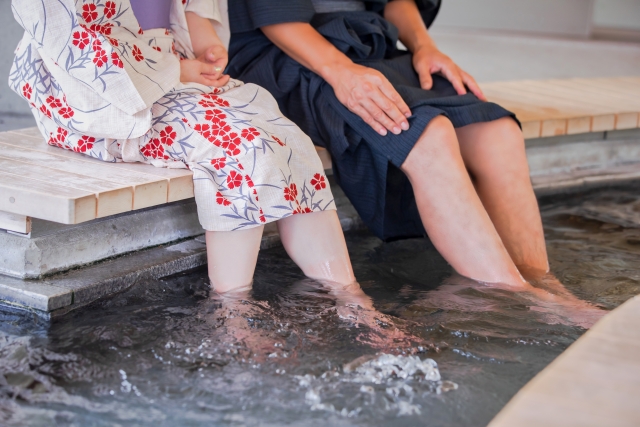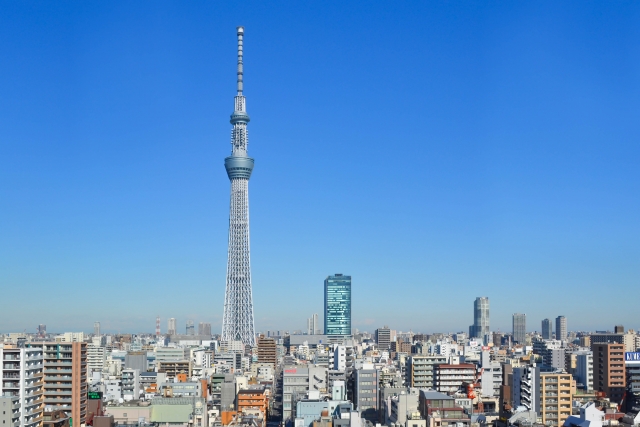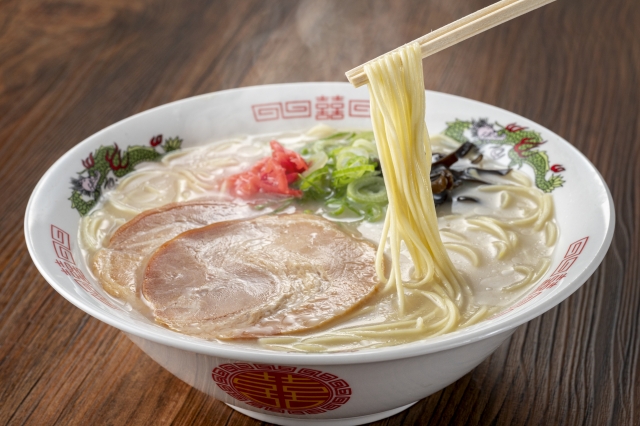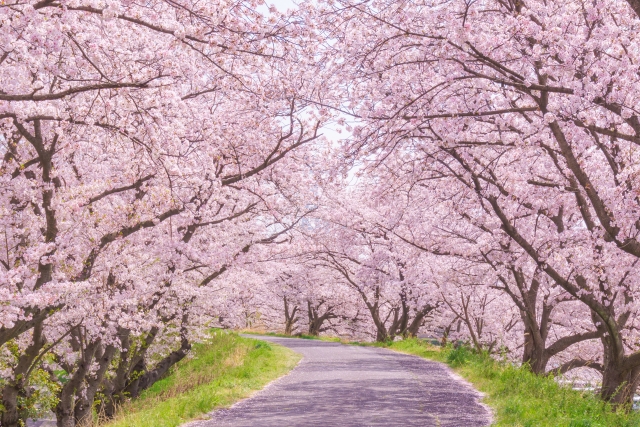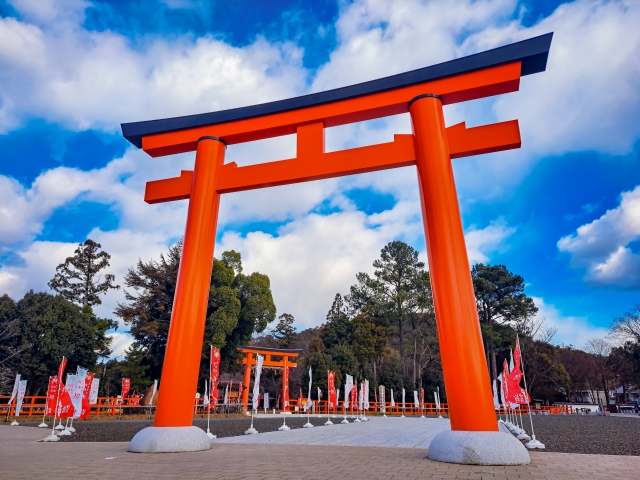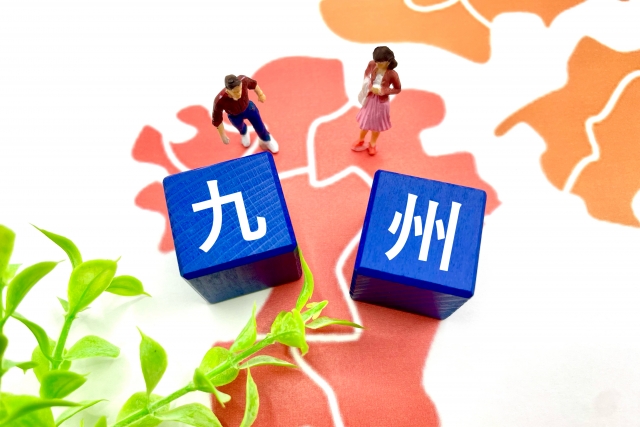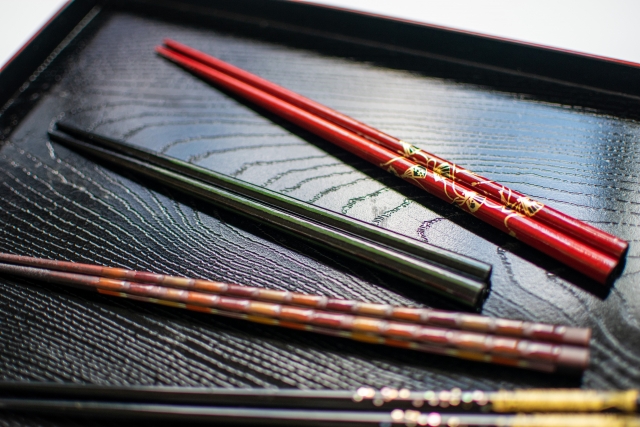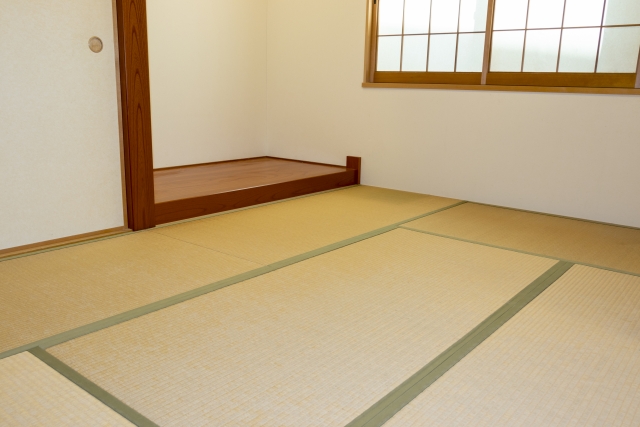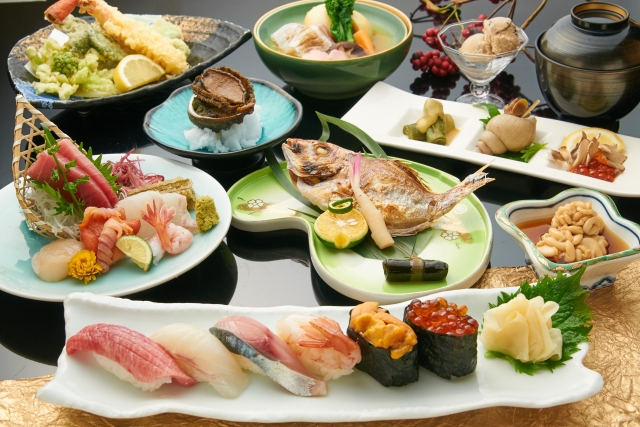One of the most popular summer traditions in Japan is the ”yukata”. I think there are many people who look forward to wearing yukata at Japanese fireworks and summer festivals.The fact that it is an outfit that is not usually worn makes the yukata look even more attractive, doesn’t it?
In this article, I will introduce the charm and types of yukata.
 You may not have many opportunities to wear kimono in your daily life, but wearing a yukata will give you a taste of the Japanese atmosphere, and for women especially, the detailed embroidery, vivid colors, and use of accessories such as obi and hair ornaments that are different from clothes will make you look fashionable, so you can completely change your impression and present a different you.
You may not have many opportunities to wear kimono in your daily life, but wearing a yukata will give you a taste of the Japanese atmosphere, and for women especially, the detailed embroidery, vivid colors, and use of accessories such as obi and hair ornaments that are different from clothes will make you look fashionable, so you can completely change your impression and present a different you.
 Yukata is not suitable for walking with long strides like clothes, swinging arms high, or moving your body actively because the yukata may fall apart. Also, since the obi holds your waist and back firmly in place, it naturally improves your posture. As a result, even people who normally don’t pay much attention to their posture become more conscious of how they behave, and their gestures appear more refined and calm.
In addition, since most men’s yukata are in dark colors such as black, gray, and brown, they look mysterious and cool, and are also an outfit that brings to mind the image of bushido.
Yukata is not suitable for walking with long strides like clothes, swinging arms high, or moving your body actively because the yukata may fall apart. Also, since the obi holds your waist and back firmly in place, it naturally improves your posture. As a result, even people who normally don’t pay much attention to their posture become more conscious of how they behave, and their gestures appear more refined and calm.
In addition, since most men’s yukata are in dark colors such as black, gray, and brown, they look mysterious and cool, and are also an outfit that brings to mind the image of bushido.
 It is said that yukata originated in the Heian period (794-1185) when nobles wore “yukatabira” when taking a bath. This garment is said to have been worn when taking a steam bath to prevent burns from the steam. Since it is breathable and absorbs sweat well, it gradually came to be used as a garment after bathing. Over time, in the Edo period (1603-1867), as the culture of public baths spread, ordinary people began to wear them as well. Until then, yukata had been used as underwear, but by the middle of the Edo period, more and more people began to wear them on the streets. It was also during the Edo period that it became popular to wear same yukata for “Bon odori dance” and cherry blossom viewing. Fashionable patterns worn by popular Kabuki actors and flashy designs became popular.
This trend gradually transformed the yukata into outdoor wear, and in modern times, it has come to be completely recognized as outdoor wear. In those days, people wore yukata after taking a bath to enjoy the evening cool elegantly, and then went to bed.
Later, in the modern era, the yukata became a part of everyday summer wear. Today, with the spread of western clothing, yukata has become an indispensable item for events such as festivals and fireworks , and has become a summer tradition.
It is said that yukata originated in the Heian period (794-1185) when nobles wore “yukatabira” when taking a bath. This garment is said to have been worn when taking a steam bath to prevent burns from the steam. Since it is breathable and absorbs sweat well, it gradually came to be used as a garment after bathing. Over time, in the Edo period (1603-1867), as the culture of public baths spread, ordinary people began to wear them as well. Until then, yukata had been used as underwear, but by the middle of the Edo period, more and more people began to wear them on the streets. It was also during the Edo period that it became popular to wear same yukata for “Bon odori dance” and cherry blossom viewing. Fashionable patterns worn by popular Kabuki actors and flashy designs became popular.
This trend gradually transformed the yukata into outdoor wear, and in modern times, it has come to be completely recognized as outdoor wear. In those days, people wore yukata after taking a bath to enjoy the evening cool elegantly, and then went to bed.
Later, in the modern era, the yukata became a part of everyday summer wear. Today, with the spread of western clothing, yukata has become an indispensable item for events such as festivals and fireworks , and has become a summer tradition.
 The main part of the yukata style is, of course, a yukata itself. There are two main types of kimonos called “yukata”: the yukata for room wear at ryokan (Japanese inns), and the yukata for outdoor wear for fireworks and summer festivals. The yukata for room wear is simple, but the yukata for going out is made with more elaborate fabrics, patterns, and colors.
The color of the yukata is important, but just as important is the pattern.Recently, there have been many yukata with character designs and modern designs that include a variety of patterns, but the following traditional Japanese patterns are also popular.
・Plaid or checkered pattern
・Yagasuri (like an arrow feather pattern)
・Sakura pattern
・Japanese maple and dragonfly patterns
・Cool summer patterns of running water and goldfish.
・Snowflakes patterns (Sekka-shibori)
In Japan, famous clothing brands (KENZO, UNITED ARROWS, etc.) have started to produce and sell yukata. The traditional yukata with classic patterns on a white or dark blue background is called a “classic pattern”, while the modern, brightly colored yukata is called a “branded yukata”.
The main part of the yukata style is, of course, a yukata itself. There are two main types of kimonos called “yukata”: the yukata for room wear at ryokan (Japanese inns), and the yukata for outdoor wear for fireworks and summer festivals. The yukata for room wear is simple, but the yukata for going out is made with more elaborate fabrics, patterns, and colors.
The color of the yukata is important, but just as important is the pattern.Recently, there have been many yukata with character designs and modern designs that include a variety of patterns, but the following traditional Japanese patterns are also popular.
・Plaid or checkered pattern
・Yagasuri (like an arrow feather pattern)
・Sakura pattern
・Japanese maple and dragonfly patterns
・Cool summer patterns of running water and goldfish.
・Snowflakes patterns (Sekka-shibori)
In Japan, famous clothing brands (KENZO, UNITED ARROWS, etc.) have started to produce and sell yukata. The traditional yukata with classic patterns on a white or dark blue background is called a “classic pattern”, while the modern, brightly colored yukata is called a “branded yukata”.
 When wearing a yukata, the obi is called a hanhaba obi, which is about 16cm wide. The characteristic of the hanbana obi is that it can be quickly tied by yourself. In addition to the hanhaba obi, which you make your own knot, there is also the knotted obi(musubi-obi), which has a knot already made. There are no rules on how to match yukata and obi, but using the same color for yukata and obi can give a soft impression, while using opposite colors can give a modern outfit.
Along with yukata, obi are also becoming more colorful.
Until about 20 years ago, there were many plain patterns, such as gray or brown obi to match a white or dark blue base .
Recently, however, obi with more flashy printed patterns than yukata have been created, and women in particular are enjoying the contrast of colors and patterns between yukata and obi, and the fun of wearing yukata is increasing.
When wearing a yukata, the obi is called a hanhaba obi, which is about 16cm wide. The characteristic of the hanbana obi is that it can be quickly tied by yourself. In addition to the hanhaba obi, which you make your own knot, there is also the knotted obi(musubi-obi), which has a knot already made. There are no rules on how to match yukata and obi, but using the same color for yukata and obi can give a soft impression, while using opposite colors can give a modern outfit.
Along with yukata, obi are also becoming more colorful.
Until about 20 years ago, there were many plain patterns, such as gray or brown obi to match a white or dark blue base .
Recently, however, obi with more flashy printed patterns than yukata have been created, and women in particular are enjoying the contrast of colors and patterns between yukata and obi, and the fun of wearing yukata is increasing.
 This is a string that is wrapped around the waist and tied after the front of the yukata is put together, and it serves to hold the front of the yukata in place. When wearing a yukata, the waist string can be any color or pattern, but choose a material that is not slippery and easy to tighten.
This is a string that is wrapped around the waist and tied after the front of the yukata is put together, and it serves to hold the front of the yukata in place. When wearing a yukata, the waist string can be any color or pattern, but choose a material that is not slippery and easy to tighten.
 The obi-ita (front board) is attached to the front part of the body to prevent wrinkles and to make the front obi firmer when wearing an obi. In summer festivals and fireworks, where there are a lot of people moving around, it is easy for the obi to wrinkle, so an obi-ita is necessary.
The obi-ita (front board) is attached to the front part of the body to prevent wrinkles and to make the front obi firmer when wearing an obi. In summer festivals and fireworks, where there are a lot of people moving around, it is easy for the obi to wrinkle, so an obi-ita is necessary.
 Date-jime is a thin obi used to hold the cross point of the collar and keep it in a straight line. It is used to keep the collar of the kimono and the long undershirt(nagajuban) from shifting, and if you are going to wear a yukata in the sweaty summer season, we recommend a mesh type that is breathable.
Date-jime is a thin obi used to hold the cross point of the collar and keep it in a straight line. It is used to keep the collar of the kimono and the long undershirt(nagajuban) from shifting, and if you are going to wear a yukata in the sweaty summer season, we recommend a mesh type that is breathable.
 Even though yukata is characterized by being worn on the bare skin, it is still outdoor wear, so make sure it is not transparent. Sweat protection is also necessary, so it is a good idea to wear underwear under the yukata.
Be especially careful with white-colored yukata and other yukata with high transparency. Cotton, linen, cotton-linen, and Cupro are common materials found in kimono underwear. In addition to gauze and plain weave, there are other fabrics suitable for summer, such as striped crepe, silk gauze, and cotton crepe(chijimi). Choose one that can be easily handled.
Even though yukata is characterized by being worn on the bare skin, it is still outdoor wear, so make sure it is not transparent. Sweat protection is also necessary, so it is a good idea to wear underwear under the yukata.
Be especially careful with white-colored yukata and other yukata with high transparency. Cotton, linen, cotton-linen, and Cupro are common materials found in kimono underwear. In addition to gauze and plain weave, there are other fabrics suitable for summer, such as striped crepe, silk gauze, and cotton crepe(chijimi). Choose one that can be easily handled.
 When wearing a yukata, you can wear geta with bare feet. If you are not used to wearing geta, you may get blisters on your feet, so make sure to wear the right size for your feet .Geta is a traditional footwear that has been used by the Japanese for centuries. The wooden board on which the foot is placed is fitted with protrusions called “ha” for grounding (some have no “ha”), and three holes called “me” are drilled through which the “hanao(strap)” is threaded. The clogs are worn with the hanao inserted between the thumb and forefinger.
There are many types of geta, including those made of white wood with beautiful vertical grain, and those with various lacquering and carving. The color and pattern of hanao can also change the impression. Hemp and cotton are light, while gauze with and embroidered give an elegant and sophisticated look.
When wearing a yukata, you can wear geta with bare feet. If you are not used to wearing geta, you may get blisters on your feet, so make sure to wear the right size for your feet .Geta is a traditional footwear that has been used by the Japanese for centuries. The wooden board on which the foot is placed is fitted with protrusions called “ha” for grounding (some have no “ha”), and three holes called “me” are drilled through which the “hanao(strap)” is threaded. The clogs are worn with the hanao inserted between the thumb and forefinger.
There are many types of geta, including those made of white wood with beautiful vertical grain, and those with various lacquering and carving. The color and pattern of hanao can also change the impression. Hemp and cotton are light, while gauze with and embroidered give an elegant and sophisticated look.
 If you have long or medium-length hair, you want to use a hair clip or a kanzashi(Japanese hairpin) tie your hair neatly. There are a wide variety of designs available, including types made of cotton crepe materials and beads, and types made of artificial ping-pong mums that can be worn with kimono.
If you have long or medium-length hair, you want to use a hair clip or a kanzashi(Japanese hairpin) tie your hair neatly. There are a wide variety of designs available, including types made of cotton crepe materials and beads, and types made of artificial ping-pong mums that can be worn with kimono.
 Choose bags that are casual, summery, and have a cool feel. In particular, bags with a summery feel, such as basket bags, kinchaku (drawstring) bags, straw bags, and bags made of linen or gauze will match the mood of your yukata.
Choose bags that are casual, summery, and have a cool feel. In particular, bags with a summery feel, such as basket bags, kinchaku (drawstring) bags, straw bags, and bags made of linen or gauze will match the mood of your yukata.
 How to put on a yukata may seem more difficult compared to regular clothes. You can find instructions on how to put on a yukata on YouTube, etc. If you have a yukata, it is possible to put it on yourself, but it may be difficult in a short time during your busy travel schedule.
Therefore, at major tourist spots in Japan such as Asakusa and Kyoto, there are many services such as “yukata or kimono dressing experience”, “kimono one-day rental”, and “commemorative photo wearing kimono”. You can not only rent a set of yukata, but also have your yukata dressed and have a commemorative photo taken at those spots, so make good use of such services and have fun.
How to put on a yukata may seem more difficult compared to regular clothes. You can find instructions on how to put on a yukata on YouTube, etc. If you have a yukata, it is possible to put it on yourself, but it may be difficult in a short time during your busy travel schedule.
Therefore, at major tourist spots in Japan such as Asakusa and Kyoto, there are many services such as “yukata or kimono dressing experience”, “kimono one-day rental”, and “commemorative photo wearing kimono”. You can not only rent a set of yukata, but also have your yukata dressed and have a commemorative photo taken at those spots, so make good use of such services and have fun.
 Yukata has been a popular casual outfit for enjoying festivals and fireworks in the summer in Japan. Wearing a yukata allows you to experience firsthand the Japanese way of life, and for many people, it is a very good memory. Why don’t you try enjoying “Yukata” for yourself?
Yukata has been a popular casual outfit for enjoying festivals and fireworks in the summer in Japan. Wearing a yukata allows you to experience firsthand the Japanese way of life, and for many people, it is a very good memory. Why don’t you try enjoying “Yukata” for yourself?
Contents
The charm of yukata
Feel Japanese culture firsthand
Your gestures look beautiful
History of yukata
What you need to wear a yukata
After all, if you have come to Japan, don’t you want to try on a real yukata? By wearing a yukata, you can experience the life of a Japanese person while wearing a yukata. This will be a very good memory for many people, and a good story to tell as a souvenir of your trip.What is the kimono, a fascinating garment woven with tradition and beauty?


